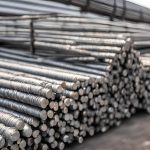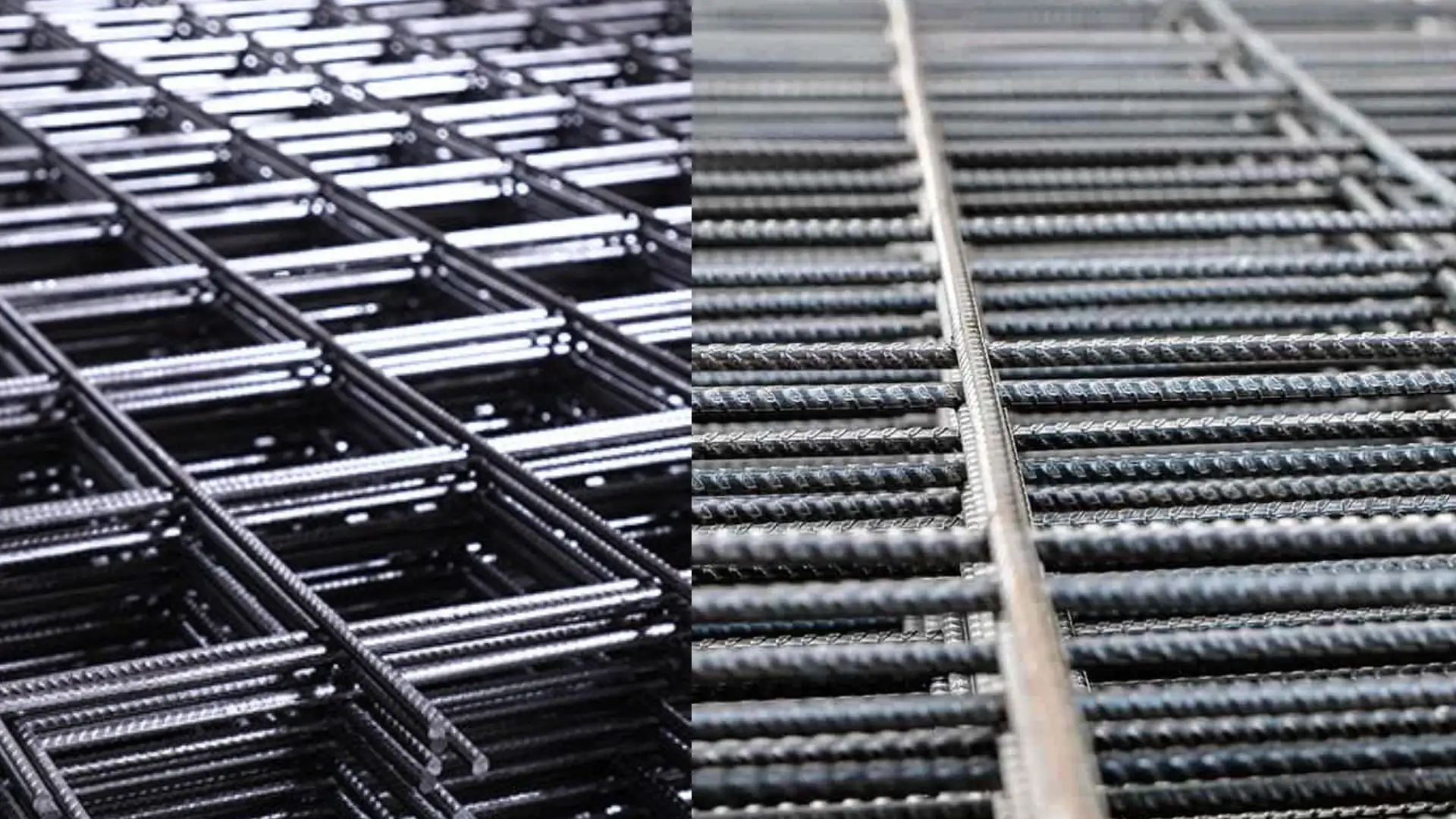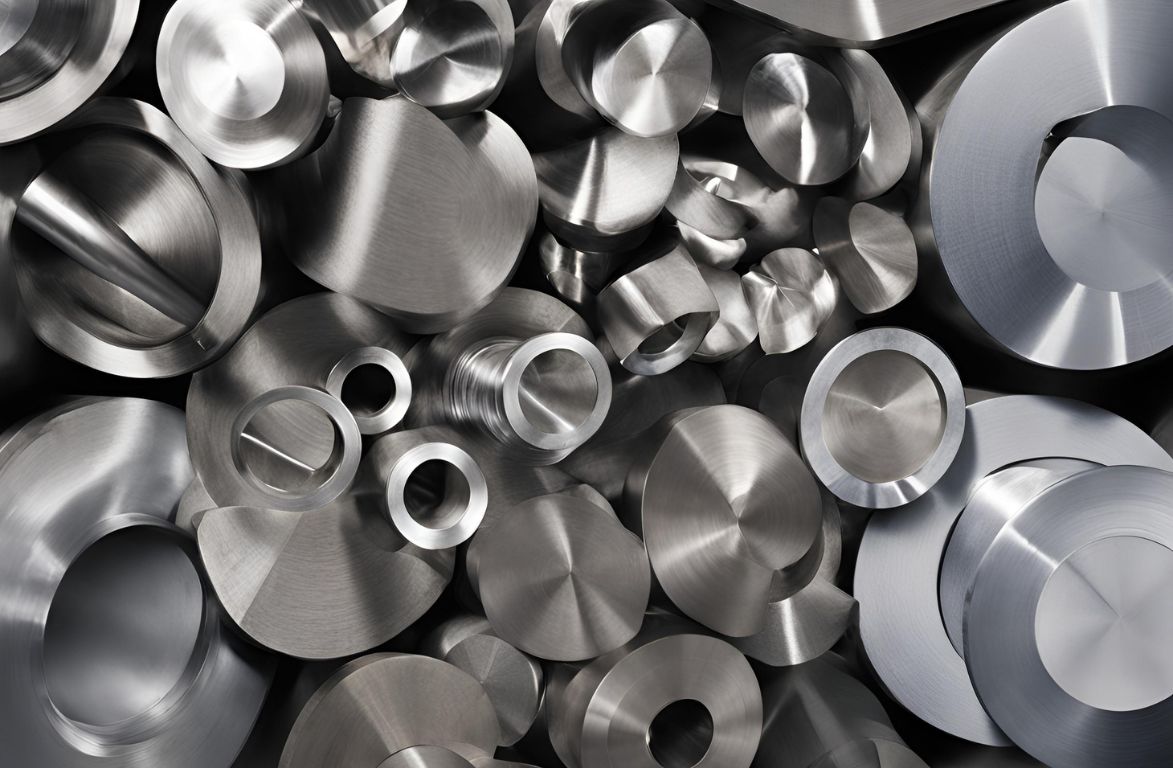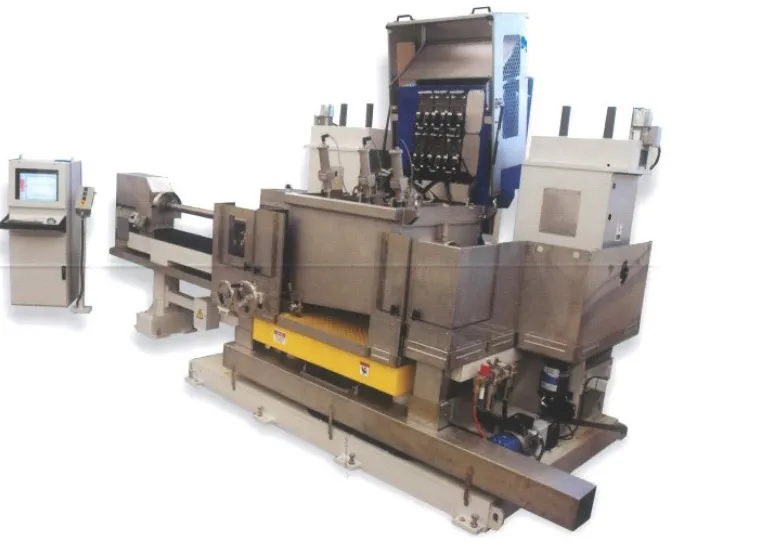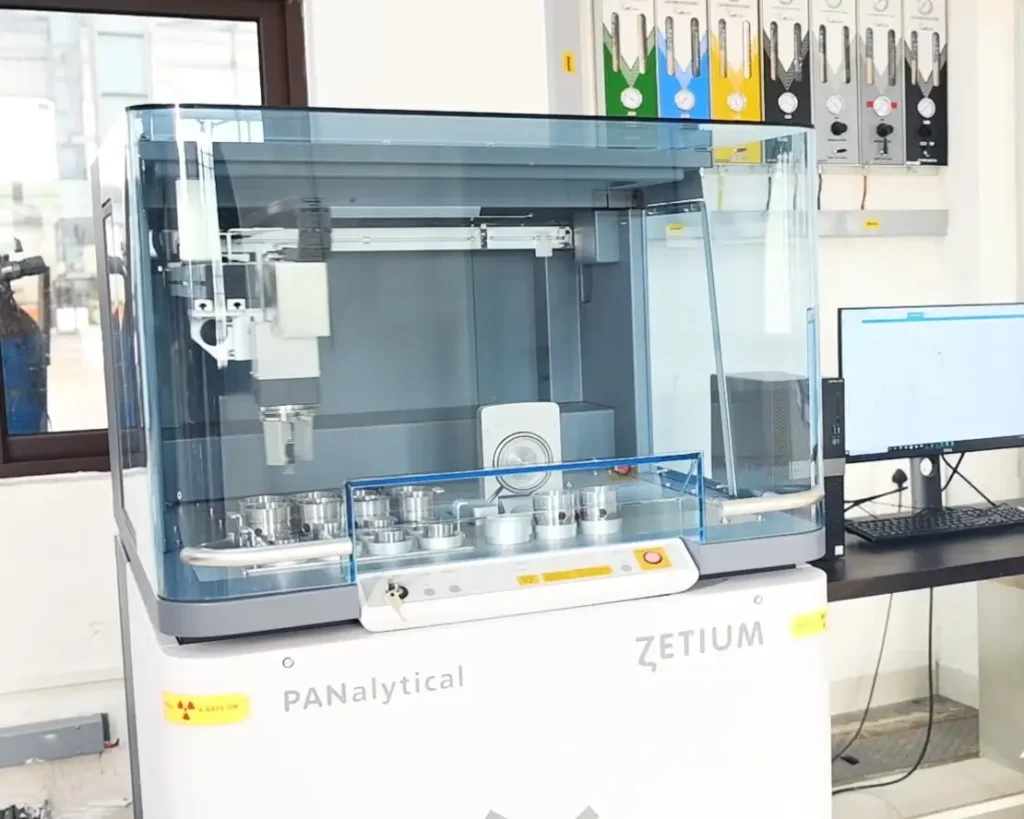In the manufacturing industry, steel bars constitute as an imperative component. In fact, for any industry that depends upon machineries, steel bars act as a core element. Steel bars cannot be replaced in the industry because whether they are concrete, wood or synthetic fibers- their anti-corrosion properties, durability, strength and reliability factor of stain steel bright bars remain unbeatable.
Steel bars with their multifaceted uses tend to be at the center of most engineering industries- be it textile, construction, defense and many more. Due to their feature of having the ability to be produced in varied types, shapes, sizes and grades of bars which can be catered to the required technical requirements.
In terms of applications of steel bars, their shape tends to define their application area. Their shapes are varied- flat, round, hexagonal or square. Flat bars are generally used as base plates and brackets for construction industries. For the production of fasteners and machineries, round bars are employed due to their corrosion resistance. The channel and hexagonal bars are weight bearing bars applied in the use of fabrication of I beams, H beams, C beams or any other major structural material. Square bars are applied in machines, fasteners and equipment.
Apart from the applications of steel bars on the basis of their shapes, it’s also important to discuss the same in terms of their functional requirements. The foundation of electromagnetic instrument industries are solenoid bars which possess good wear resistance and better resistivity. Some of the uses of these bars are that they are used as control valves, printers, electronic fuel injectors and many more. For the most part, the usage of the bars tends to define the manufacturing techniques and the techniques for heat treatment. Therefore, with regard to the particular manufacturing techniques, how these bars perform always end up superseding the technical requirements and the expectations. Most importantly, to determine the role of the steel bars in the manufacturing industry- the approval from the quality control department is very important.
Out of all kinds of bars, the round steel bar has one of the most important applications. There are a few properties that are attached to the round metal bar which makes it unique. For starters, they possess the strength to endure any kind of physical and most kinds of chemical conditions. They also are prone to handling extreme weather conditions and are mostly resistant to those. Last but not the least, they are mostly cost effective and are durable as well. These round stainless steel bars can be cut and engineered into tools easily. This is essentially the reason as to why the round bars are used to create machine parts and automotive components.
A rebar or reinforcing bar is used to reinforce concrete and masonry structures. It is also known as common steel. There are two broad types of steel bars in the market- mild steel bars and deformed steel bars. The mild steel bars are used for tensile stress of RCC (Reinforced cement concrete) slab beams in reinforced cement concrete work. These roads are long and can be cut quickly and bent easily without manage. Deformed bars on the other hand are rods of steels, deformed on the surface of the bar which minimizes slippage in concrete and increases the bond between the two materials.
Steel has always been one of the primary choices for the energy industry and with the present conditions of deteriorating climatic conditions and impending environmental concerns- this will be more essential than ever. The steel flat bars that have always served to provide infrastructure for anything and everything from refineries to pressure valves are now providing foundation within tower structures and concrete-reinforcing bars foundations with turbines and water gate their generators.
Thus, this piece highlighted the various types of steel bars along with their applications and usages.




